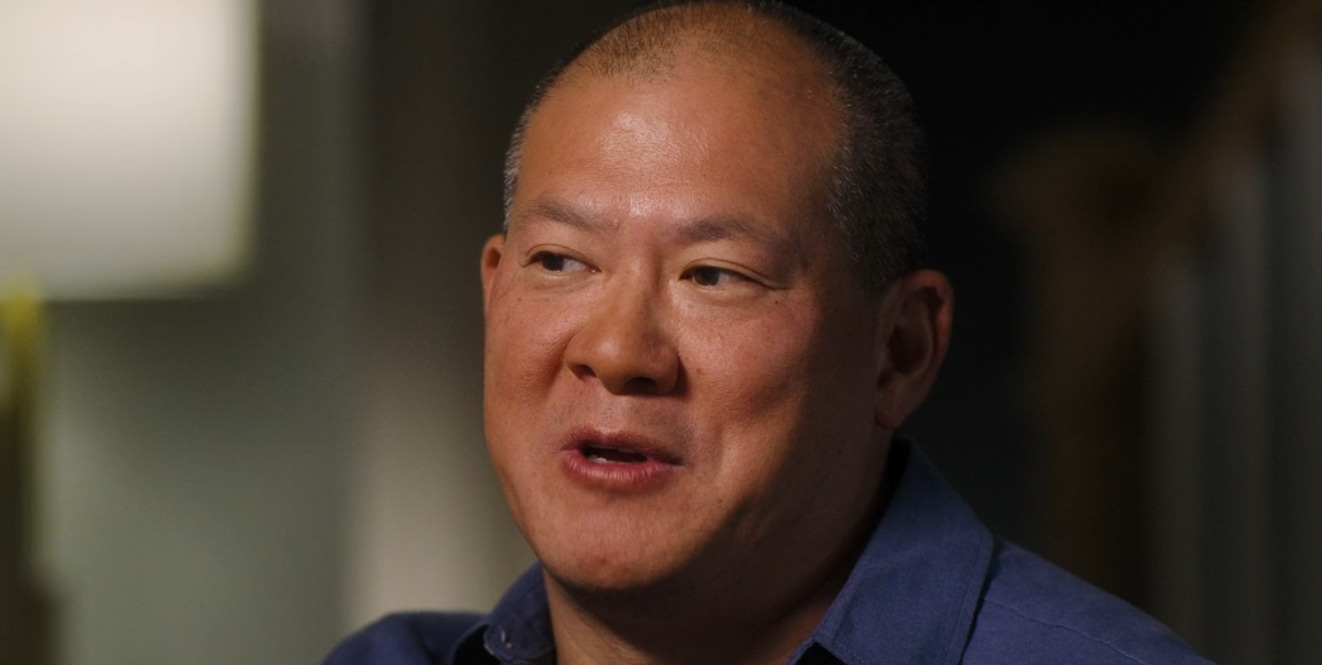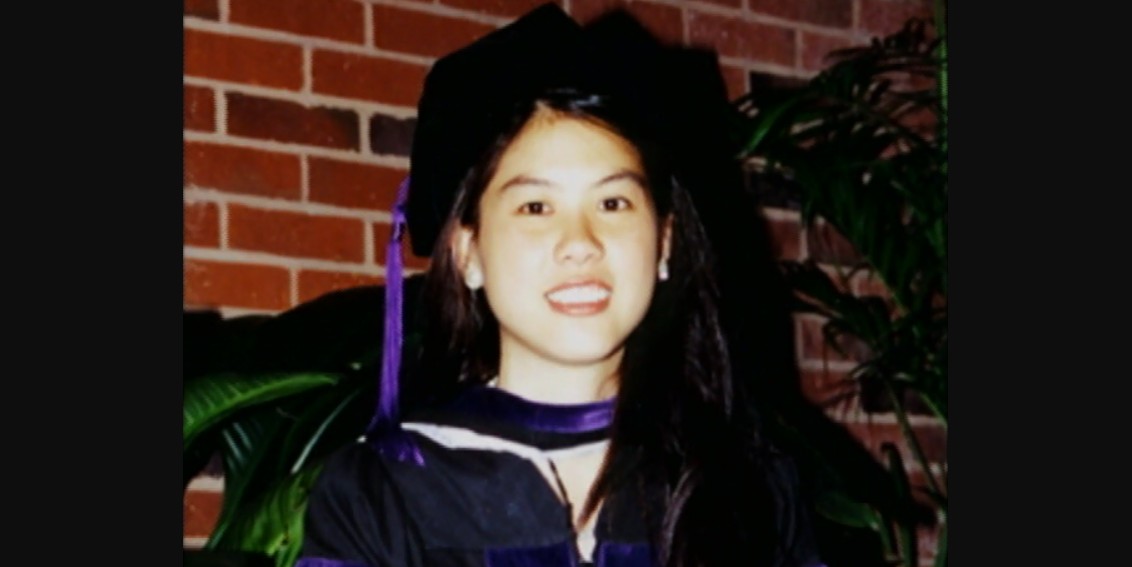In the gap of two years, Washington DC became home to two murders — Joyce Chiang in 1999 and Chandra Levy in 2001. The former is the primary subject of Hulu’s ‘Murder Has Two Faces: Capitol Killings,’ which highlights the difference in the investigation and publicity of both cases. The episode consists of exclusive interviews with Joyce Chiang’s family and friends, including her brother Roger, who provides a detailed account of the case and the investigation that ensued.
Joyce Chiang’s Remains Washed Up on the Shore Months After Her Disappearance
Taiwanese immigrants, Mutong and Judy Chiang, gave birth to their beloved daughter, Joyce Chiang, on December 7, 1970, in Chicago, Illinois. While growing up in Chicago and California, Joyce was surrounded by the love and support from her parents as well as her three brothers — John, Robert, and Roger. After graduating from the University of Chicago Laboratory Schools in 1988 with flying colors, she went to Smith College in Northampton, Massachusetts. In her final year there, she served as the President of the Student Government Association before earning her degree in 1992. Described as the life of the party, Joyce then moved to Washington, DC to attend Georgetown University Law Center, where she took evening classes. During the day, she worked as a Congressional Staffer in the office of Congressman Howard Berman on Capitol Hill.

Meanwhile, she shared an apartment with her brother, Roger, in the Dupont Circle neighborhood of the capital city. After earning her law degree in 1995, she began working as an attorney for the federal agency, which was known as the Immigration and Naturalization Service at the time. Unfortunately, the attorney’s life was cut short on the fateful night of January 9, 1999. That day, Joyce had gone to a movie and dinner with her friends. On the way to her home, the 28-year-old lawyer stopped at the Starbucks on the intersection of Connecticut Avenue and R Street Northwest, which was just a few blocks away from her Dupont Circle apartment. Her brother got concerned when she failed to return home and immediately informed the police. Due to the fact that she was a federal employee, the FBI handled the case from the get-go.

The detectives could not find any leads until January 21, when a couple found the missing woman’s personal belongings, including her ID card, keys, torn jacket, and other items, on Anacostia Park near the eponymous river. Despite examining the evidence, the authorities were led to nothing but dead ends. About three months later, on April 1, a canoeist came across Joyce’s remains, eight miles down the Potomac River on the shore, right below the Belle Haven Marina. When the FBI inspected the remains, they confirmed that they belonged to Joyce through DNA tests. However, the autopsy could not determine the cause of her death due to the decomposition of the remains. The authorities ruled out her death as a suicide, something that her friends and family deemed totally impossible.
Joyce Chiang’s Death Was Ruled a Homicide More Than a Decade Later
As Joyce Chiang’s death was initially ruled a suicide, the authorities stopped looking into the matter until the disappearance and death of Chandra Levy in May 2001. Due to several similar aspects in the two cases, since Chandra was also a single woman living in Dupont, Joyce’s case received national attention, something that didn’t happen during the wake of her demise in 1999. While the loved ones of Joyce hoped that it might help solve her case, along with that of Chandra, the two cases turned out to be unrelated. For more than a decade or so, the case remained cold.

In April 2010, the case was revisited by the investigators through a different lens, and they came to the conclusion that Joyce was possibly the victim of a robbery-related homicide committed by a couple of drug users. It was alleged that she was robbed by the drug users, who drove her out to Anacostia Park. She then allegedly tried to escape from the clutches of the robbers, leading to her either jumping into the ice-cold Anacostia River or getting pushed into it by them. The two suspects connected to her murder were Steven Allen and Neil Joaquin, who were taken into custody for an unrelated kidnapping charge three months after Joyce’s disappearance. Although they were not charged with her killing due to a lack of evidence, Steven was serving a life sentence for a prior conviction. As for Neil, he was residing in Guyana at the time.

On May 13, 2011, Joyce’s case was officially ruled a homicide and a closed case. Her brother, Roger, was the one who was heavily involved in raising awareness of her disappearance and murder. He expressed his relief on the occasion, stating, “The clouds have been lifted, and the truth will be spoken. All these years, we’ve been fighting for the truth to come out, that Joyce did not commit suicide.” During the press conference, her college friend, Laurie Ann Phillips, also said, “I have a very heavy heart today. It’s been 12 long years. There’s some relief in hearing the police chief make her statement and rule this a homicide.” Amy Well, her other college friend, also shared a few words about her late friend. She stated, “We still grieve for our friend. We still miss Joyce. That is what I think both of us are feeling.”
Read More: Evelyn Hernandez Murder Details and Investigation Timeline


